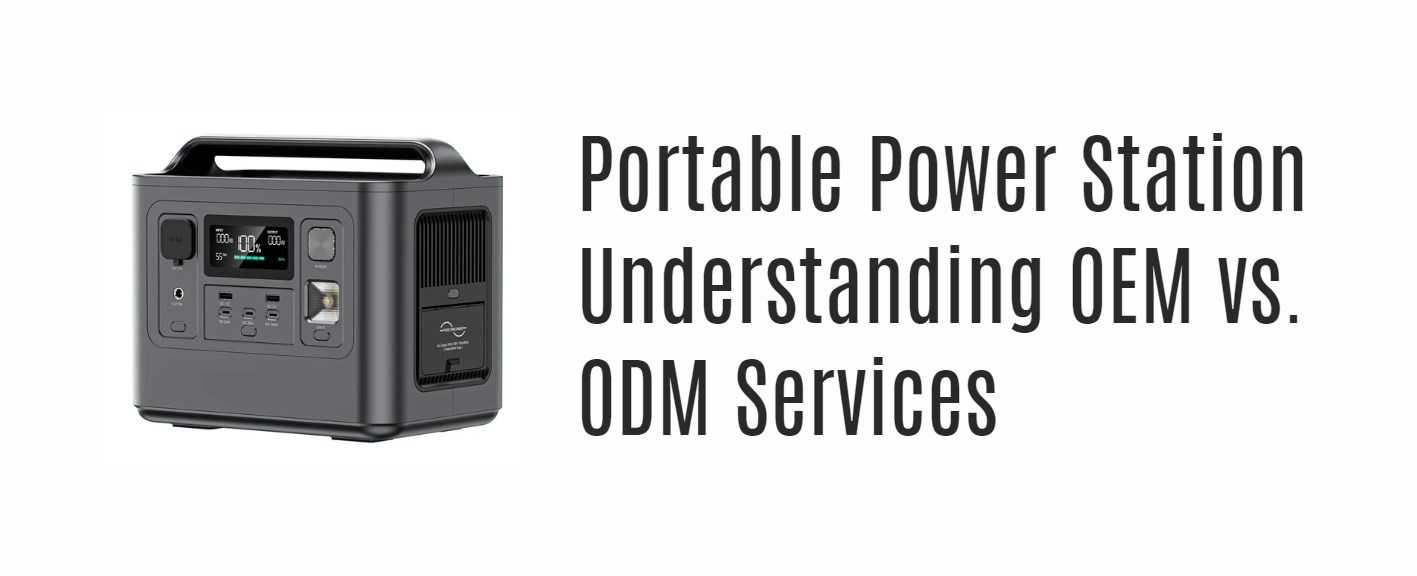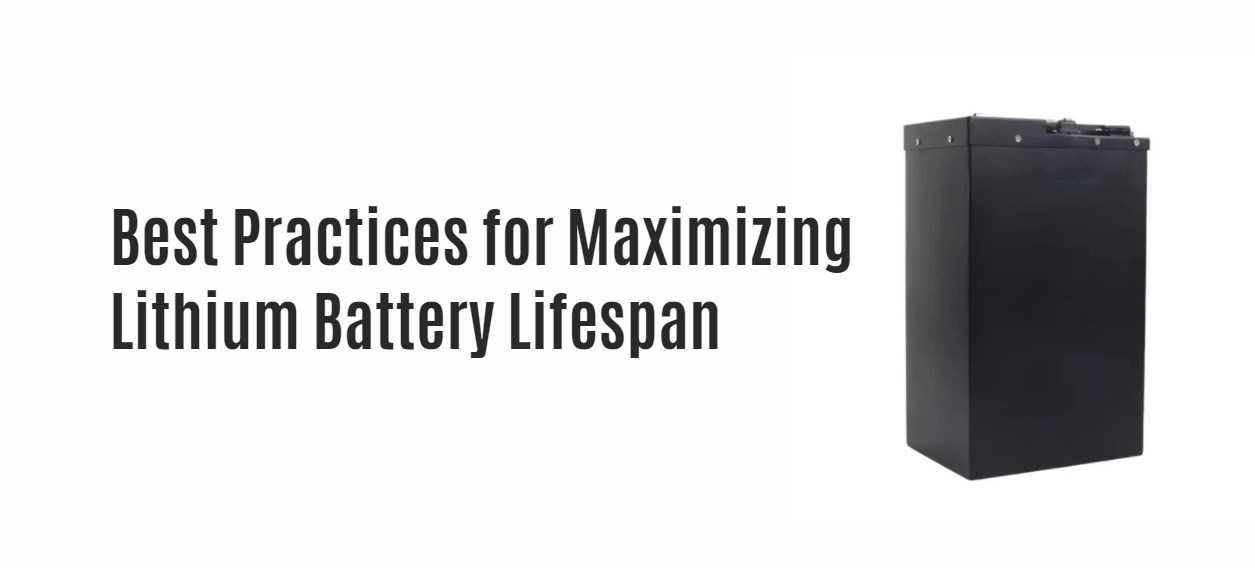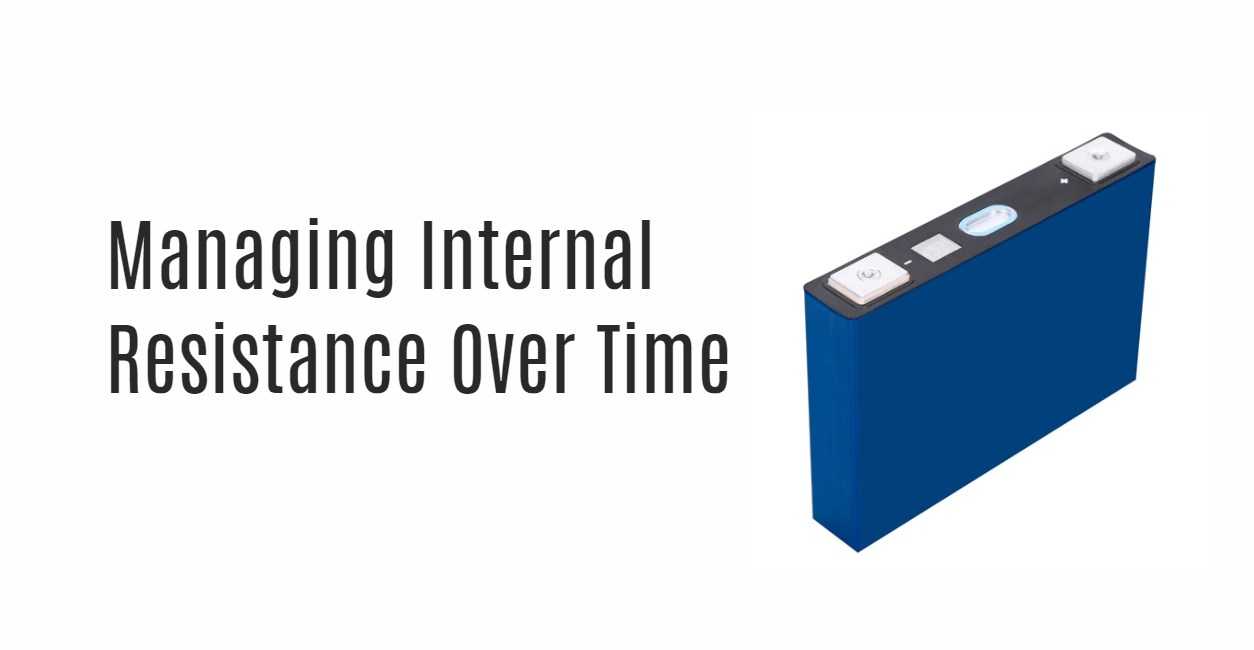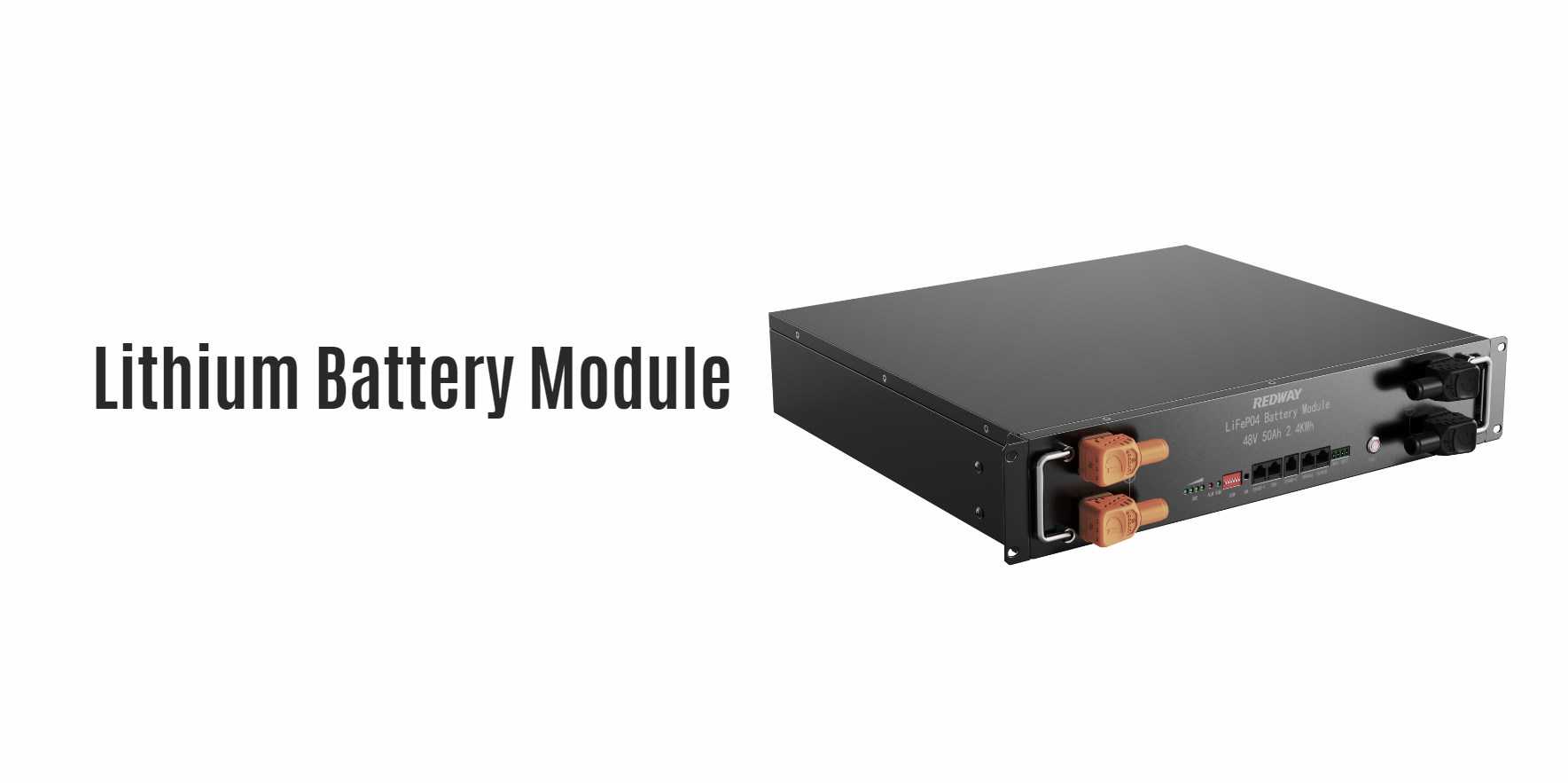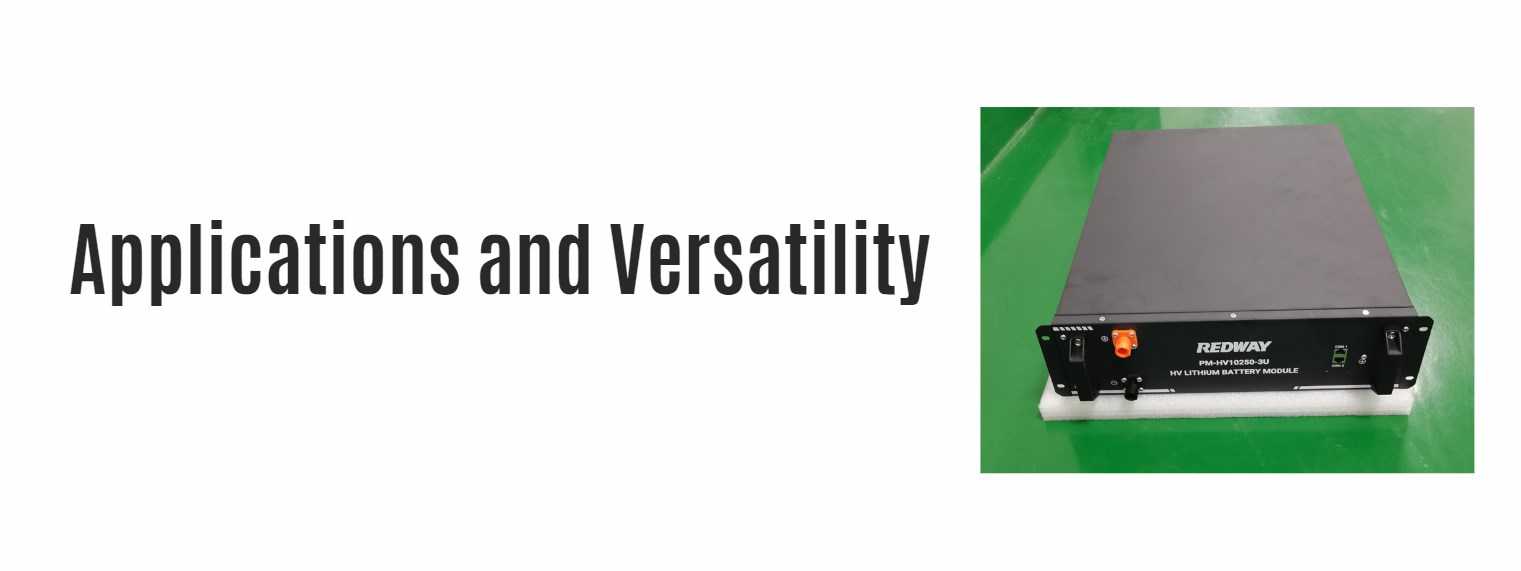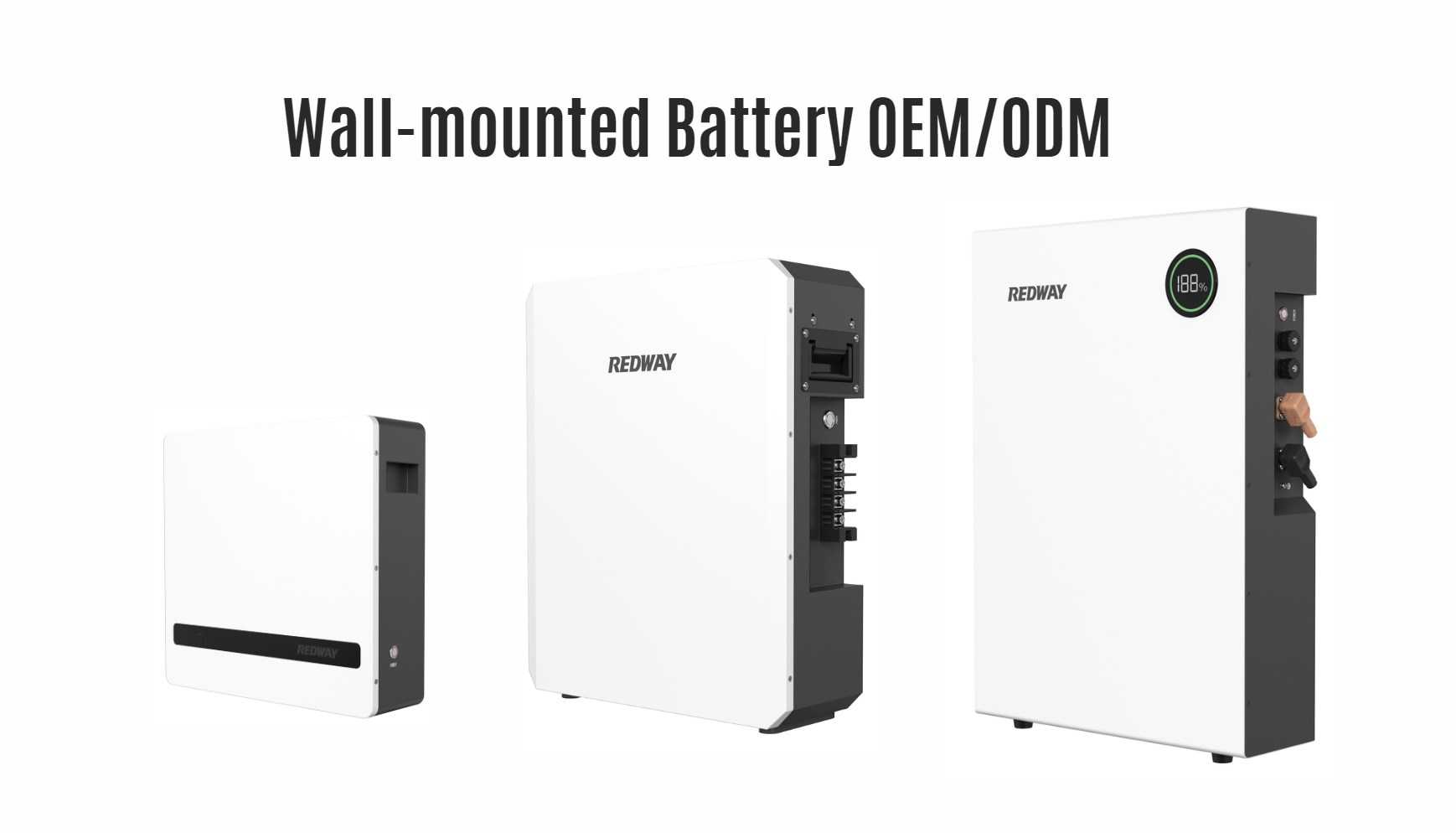Understanding the Intelligence of Lithium Iron Phosphate (LiFePO4) Batteries
LiFePO4 batteries, also known as Lithium Iron Phosphate batteries, are considered intelligent due to their advanced features and capabilities. These batteries utilize the safest Lithium Iron Phosphate (LiFePO4) chemistry, which offers excellent thermal stability and structural integrity. With their high energy density, long cycle life, and advanced Battery Management System (BMS), LiFePO4 batteries provide optimal performance, safety, and longevity. These intelligent batteries are widely used in applications such as renewable energy storage, electric vehicles, and portable electronics.
- Advanced Features and Capabilities: LiFePO4 batteries incorporate advanced features and capabilities that make them intelligent. They often include a Battery Management System (BMS) that monitors and protects the battery, ensuring optimal performance, safety, and longevity. The BMS manages charging and discharging processes, balances cell voltages, and protects against overcharging, overdischarging, and short circuits.
- High Energy Density and Long Cycle Life: LiFePO4 batteries offer a high energy density, allowing them to store a significant amount of energy in a compact size. Additionally, they have an impressive cycle life, meaning they can undergo a large number of charge and discharge cycles without significant degradation. This longevity contributes to their reliability and cost-effectiveness.
- Exceptional Thermal Stability: One of the distinctive traits of LiFePO4 batteries is their excellent thermal stability. Compared to other lithium battery chemistries, such as Lithium Cobalt Oxide or Lithium Manganese Oxide, LiFePO4 batteries exhibit better thermal and structural stability. This makes them safer and more reliable, especially in demanding applications where temperature variations are common.
- Versatile Applications: LiFePO4 batteries find applications in various industries and sectors. They are widely used in renewable energy storage systems, providing a reliable and efficient solution for storing energy from solar panels or wind turbines. LiFePO4 batteries are also popular in the electric vehicle industry, powering electric cars and hybrids with their high power output and long cycle life. Additionally, they are utilized in portable electronics, such as smartphones and laptops, due to their compact size, lightweight, and high energy density.
Defining a Smart Battery: Beyond Traditional Power Sources
Smart batteries redefine the capabilities of traditional power sources by incorporating advanced features and technologies. These intelligent batteries go beyond basic rechargeable batteries, offering superior performance and functionality. Equipped with sensors, microcontrollers, and sophisticated Battery Management Systems (BMS), smart batteries optimize their performance, adapt to varying power demands, and communicate with external devices. They provide benefits such as improved energy storage and delivery, longer lifespan, enhanced safety, and compatibility with smart devices and renewable energy systems. Discover the potential of smart batteries and their transformative impact on various industries.
The Distinctive Traits of Lithium Batteries
Lithium batteries exhibit distinctive traits that make them stand out as a power source. These traits include higher reliability, longer lifespan, lighter weight, smaller size, higher energy density, ability to work in a higher-temperature environment, reduced maintenance, faster charging, and environmental benefits. With their compact size, lightweight design, and superior performance, lithium batteries are widely used in various industries and applications, from consumer electronics to electric vehicles and renewable energy storage.
- Higher Reliability and Longer Lifespan: Lithium batteries are known for their reliable performance and extended lifespan. They can deliver consistent power output over a longer period, making them a dependable choice for various applications.
- Lightweight and Compact Design: Lithium batteries are significantly lighter and smaller compared to traditional power sources. This makes them ideal for portable devices and applications where weight and size are crucial factors.
- Higher Energy Density: One of the standout features of lithium batteries is their high energy density. This means they can store more energy in a smaller volume, providing longer-lasting power and improved efficiency.
- Ability to Operate in High-Temperature Environments: Lithium batteries exhibit excellent performance even in high-temperature environments. They can withstand elevated temperatures without compromising their power output or safety.
- Reduced Maintenance and Faster Charging: Lithium batteries require minimal maintenance, saving time and effort. Additionally, they have the capability to charge at a faster rate, allowing for quick and convenient power replenishment.
- Environmental Benefits: Lithium batteries are more environmentally friendly compared to traditional power sources. They have a lower carbon footprint and can be recycled, contributing to a greener and more sustainable future.
Versatility of Lithium-Ion Batteries
Lithium-ion batteries are highly versatile and can be designed to suit a wide range of applications. They offer adaptability to various needs and devices, making them a popular choice in different industries. From small, compact cells for smartphones to large battery packs for electric vehicles, lithium-ion batteries provide the power and energy storage required for different devices and systems. With their versatility and flexibility, lithium-ion batteries continue to revolutionize the way we power our modern world.
- Versatility in Design: One of the key advantages of lithium-ion batteries is their versatility in design. They can be tailored to meet the specific requirements of different devices and systems, ranging from smartphones and laptops to electric vehicles and renewable energy installations.
- Wide Range of Applications: Lithium-ion batteries find applications in diverse industries, including consumer electronics, automotive, aerospace, and renewable energy. Their adaptability allows them to power a multitude of devices, from portable gadgets to electric cars and grid-scale energy storage systems.
- Flexibility in Size and Capacity: Lithium-ion batteries come in various sizes and capacities, providing flexibility in meeting different power demands. They can be scaled up or down to fit the specific needs of the application, whether it’s a compact wearable device or a large-scale energy storage facility.
- Enhanced Energy Storage and Delivery: The versatility of lithium-ion batteries is evident in their ability to store and deliver energy efficiently. They offer high energy density, allowing for longer-lasting power and improved performance in a compact size.
- Advancements in Technology: The versatility of lithium-ion batteries is continuously expanding with advancements in technology. Innovations in electrode materials, cell chemistry, and battery management systems are pushing the boundaries of what lithium-ion batteries can achieve, opening up new possibilities for their use in various applications.
The Superior Qualities of LiFePO4 Batteries
LiFePO4 batteries exhibit superior qualities that set them apart in the energy storage market. These batteries are known for their safety, high capacity, and power output even in low-temperature conditions. With a long lifespan, thermal stability, and reduced risk of thermal runaway, LiFePO4 batteries offer a reliable and efficient energy storage solution. Discover the advantages and applications of LiFePO4 batteries in various industries.
- Safety: LiFePO4 batteries are known for their superior safety features. Their stable chemical composition reduces the risk of issues like thermal runaway, making them a reliable and secure energy storage solution.
- High Capacity and Power Output: LiFePO4 batteries maintain high capacity and power output even in low-temperature conditions. This makes them suitable for applications where consistent performance is required, such as electric vehicles and renewable energy systems.
- Long Lifespan: LiFePO4 batteries have a longer lifespan compared to other battery types. They can endure numerous charge and discharge cycles without significant degradation, providing a reliable and durable energy storage solution.
- Thermal Stability: One of the standout qualities of LiFePO4 batteries is their thermal stability. They exhibit excellent performance and safety even in high-temperature environments, reducing the risk of overheating or thermal runaway.
- Reduced Risk of Thermal Runaway: LiFePO4 batteries have a reduced risk of thermal runaway, which is a critical safety concern in battery systems. This makes them a preferred choice in applications where safety is paramount, such as electric vehicles and stationary energy storage systems.
The Future of Smart Batteries: Innovations Ahead
The future of smart batteries holds exciting innovations in battery technology. Potential advancements such as solid-state batteries and lithium-sulfur cells offer higher energy density, improved safety, and longer cycle life compared to traditional lithium-ion batteries. These innovations aim to enhance the performance and efficiency of smart batteries, paving the way for more sustainable and reliable energy storage solutions in various industries.
- Solid-State Batteries: Solid-state batteries represent a significant leap forward in battery technology. They offer higher energy density, improved safety, and longer cycle life compared to traditional lithium-ion batteries. With their solid-state electrolytes, these batteries eliminate the need for liquid electrolytes, enhancing safety and reducing the risk of leakage or thermal runaway.
- Lithium-Sulfur Cells: Another potential innovation in battery technology is the use of lithium-sulfur cells. These cells offer higher energy density and longer cycle life compared to traditional lithium-ion batteries. By utilizing sulfur as the cathode material, lithium-sulfur cells can store more energy, leading to increased battery capacity and longer-lasting power.
- Enhanced Performance and Efficiency: The advancements in battery technology aim to enhance the performance and efficiency of smart batteries. Higher energy density and longer cycle life mean that smart batteries can provide more power and last longer between charges. This is particularly crucial in applications such as electric vehicles and renewable energy storage, where reliable and efficient energy storage is essential.
Conclusion: Harnessing the Power of Smart Batteries
Harnessing the power of smart batteries involves integrating them with advanced technologies such as artificial intelligence (AI) and machine learning. By leveraging these technologies, smart batteries can optimize energy usage and provide more efficient and sustainable energy solutions. The future of smart batteries is undeniably promising, with advancements in energy optimization and integration with renewable energy sources. Discover the potential and benefits of harnessing the power of smart batteries in driving the transition to a more sustainable and reliable energy future.
- Integration with Advanced Technologies: Smart batteries can harness the power of artificial intelligence (AI) and machine learning to optimize energy usage. By analyzing data and adapting to energy demands, smart batteries can provide more efficient and sustainable energy solutions.
- Importance of Energy Optimization Systems: Integrating smart batteries with energy optimization systems is crucial for maximizing their potential. These systems enable smart batteries to intelligently manage energy flow, store excess energy, and optimize energy usage based on demand and availability.
- Promising Future of Smart Batteries: The conclusion of this section emphasizes the promising future of smart batteries. With advancements in energy optimization and integration with renewable energy sources, smart batteries are poised to play a significant role in driving the transition to a more sustainable and reliable energy landscape.














